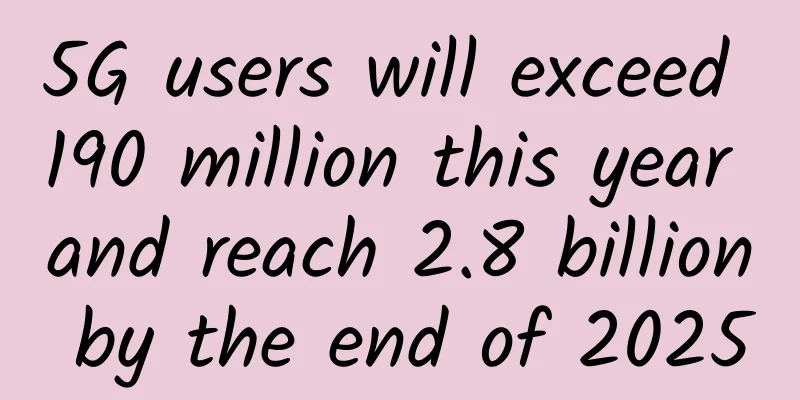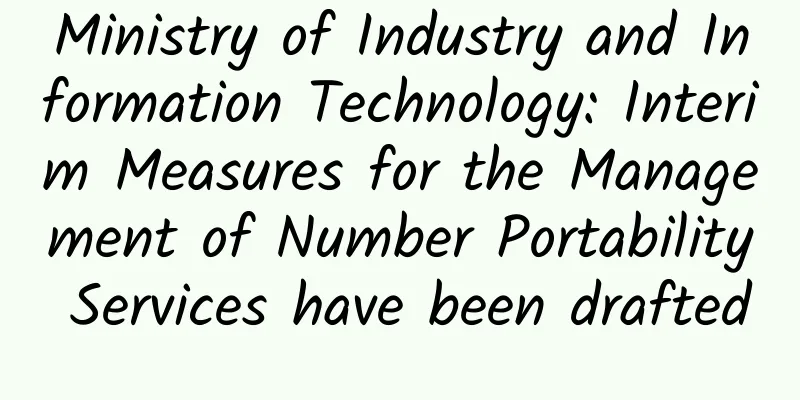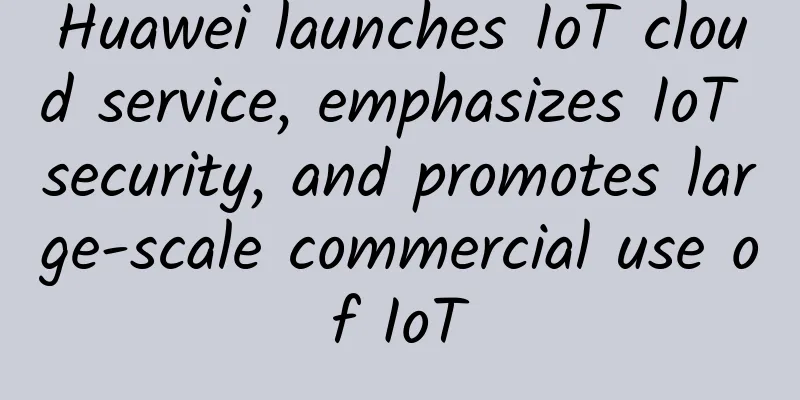5G users will exceed 190 million this year and reach 2.8 billion by the end of 2025

|
According to a report from Ericsson, by the end of May, the number of 5G users worldwide will reach 190 million by the end of 2020 and 2.8 billion by the end of 2025. The report also delves into the role of networks and digital infrastructure in keeping society functioning and families connected during the COVID-19 pandemic. The spread of COVID-19 has prompted people around the world to change their daily lives, in many cases forming different work or living habits than before. "While 5G subscription growth in some markets has slowed due to the pandemic, this growth has outpaced others," said Ericsson Executive Vice President Alex Doering. “Beyond measuring 5G’s success in terms of subscriptions, its impact will ultimately be measured by the benefits it brings to individuals and businesses,” added Jejdler. “5G was born for innovation, and this crisis has highlighted the true value of connectivity and the role it can play in revitalizing economies.”
The value of digital infrastructure Behavioral changes due to lockdown restrictions have led to significant shifts in the use of fixed and mobile networks. The largest share of the increased traffic has come from fixed residential, which has seen growth rates of 20% to 100%. But many service providers have also noticed a surge in demand on their mobile networks. In a recent study, 83% of respondents from 11 countries claimed that ICT (information and communications technology) helped them a lot during the lockdown.
The results show an increase in the adoption and use of ICT services, such as e-learning and health apps, supported by connectivity, which are helping consumers adapt to the new reality. Looking ahead, 57% said they would save money for financial security, and a third planned to invest in 5G and improved home broadband to better prepare for a possible second wave of COVID-19. FWA plays a bigger role By the end of 2025, FWA (Fixed Wireless Access) connections are expected to reach nearly 160 million, accounting for 25% of global mobile network data traffic. Global FWA data traffic was estimated to account for approximately 15% of the global total at the end of 2019. This figure is expected to grow nearly eightfold to 53 exabytes by 2025. FWA, delivered via 4G or 5G, is an increasingly cost-effective option for delivering broadband, with the FWA market driven by several factors: consumer and business demand for digital services, as well as government-sponsored projects and subsidies. |
<<: How will the emergence of 5G affect AI federated learning?
>>: China Mobile and industry partners jointly released the "Indoor Positioning White Paper"
Recommend
5G interface protocol: from CPRI to ECPRI
In the architecture of early 2G and 3G base stati...
CUBECLOUD Anniversary 30% off Lite Series/15% off Pro Series, available in CN2 GIA Hong Kong/CN2 GIA Los Angeles
CUBECLOUD is currently holding an anniversary eve...
The story of spectrum: from analog signals to 3G and now to 5G networks
Preface: From telegraph to 5G communication, it i...
Everyone wants to know about BGP, routing strategy is handled like this
About the author: Xiao Honghui, graduated from th...
ZJI: Hong Kong Kuiwan server monthly payment will be reduced by 300 yuan, and 999 yuan will be rewarded with a 1,100 yuan voucher
ZJI is the original well-known host in the WordPr...
What can operators do to ensure that fee reductions are real and consumers understand clearly?
This year, speed increase and fee reduction have ...
BandwagonHost adds Netherlands (China Unicom line) VPS, 2.5-10Gbps bandwidth, quarterly payment starts from $46.7
BandwagonHost recently added VPS products for Chi...
The End of 2G and 3G Networks: The Transition to 4G and Beyond
As technology evolves and big data becomes more p...
Building a digital foundation: a vast expedition to reshape future education
In the past two years, with the rise of big model...
The network was interrupted for 30 minutes! Operator: Please restart your phone
At 1:50 p.m. local time on March 29, Japanese ope...
EtherNetservers: $12/year-1GB/30GB/2TB/2IP/Los Angeles & Jacksonville & New Jersey
EtherNetservers is a foreign VPS hosting company ...
What will Beijing Supply and Marketing Big Data Group do after obtaining the CDN license?
[51CTO.com original article] 2017 is a critical y...
UFOVPS limited 30% off, Japan/Hong Kong CN2 GIA/US high-defense VPS monthly payment starts from 26 yuan, top up 200 yuan and get 20 yuan
UFOVPS has launched a promotional event during th...
BudgetVM: 1Gbps unlimited traffic server starting from $84/month, 10-100Gbps bandwidth options, US/Japan data centers
BudgetVM is a foreign hosting company that has be...
Embedded development is ushering in a "soft power" revolution
The "Made in China 2025 Strategy" has e...









